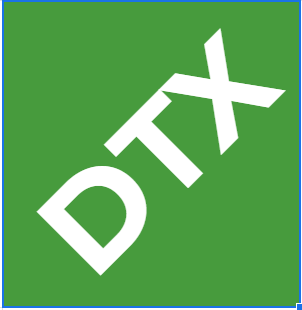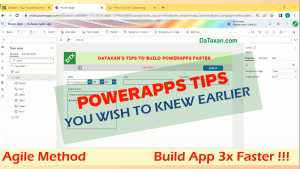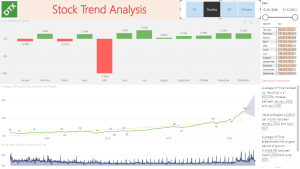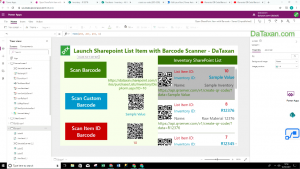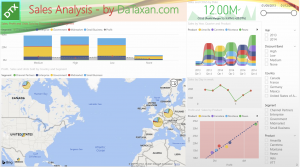FAQ ChatBot – Dialogflow vs Power Virtual Agents (PVA)
ChatBot market has been growing very fast with apparent growing number of ChatBot platforms. Recently Microsoft introduced PVA – Power Virtual Agents in addition to QnA maker, aiming to non-coding skill users.
Let’s have a look at the key features of Power Virtual Agents and how it compares with ChatBot from Dialogflow Google.
We have created to FAQ ChatBots, one with Dialogflow and the other with PVA from the perspective of non-code person.
1. Built-in ChatBots
There are some built in ChatBots in Dialogflow including FAQ ChatBot. It however still requires some coding. It is not useful in our case since we just want to build FAQ ChatBot without any code.
Of Note, Google has recently introduced Dialogflow CX. It has been advertised as providing a new way of designing agents, taking a state machine approach to agent design. This gives a clear and explicit control over a conversation, a better end-user experience, and a better development workflow. We are testing this new feature and update our testing result in near future’s post.
There is no built in ChatBot in PVA
2. Built-in Intents/Topics
While Dialogflow only has 2 default intents: Welcome and Fallback intents, PVA offers 8 useful system topics. You can explore more when experiencing our PVA FAQ ChatBot.
3. Bot training requirement/option
There are limited Bot training requirements/options in PVA. Bot is however smart enough to automatically suggest relevant questions to user when receiving not exactly matched query.
There is no such feature in Dialogflow, we need to review how Bot performs and then train the Bot. Though, this also means no-coding skill users have more ability to customize the training for Bot.
4. Knowledge Base data source
Dialogflow allows to use multiple sources like web link, text/csv file and PDF file (*) as data source, while PVA only offers web link data source.
5. Ability to adjust Knowledge results preference when query also matches an intent/topic
Dialogflow offers flexibility to adjust Knowledge results preference when query also matches an intent/topic. This, however, is not the case in PVA.
6. Rich-content Message built in
PVA ChatBot is built in with rich-content response (like “Suggestion Chips” or “Quick Reply” button) and it is pretty easy to use.
Dialogflow also ofers rich-content response for Bot. However, there is no such built-in feature in default response. Nevertheless, it is not difficult for non code users to add some lines of code to achieve this. The guideline documentation from Google is quite easy to follow.
7. ChatBot testing
It is very easy to test ChatBot in PVA since we can visualize the real Bot response and Bot action flow on same screen.
Whereas, we can only visualize the Bot’s response (with no rich-content) and active intent in Dialogflow Essentials.
As highlighted above, Google has recently introduced Dialogflow CX (See below screenshot). We are testing this new feature and update our testing result in near future’s post.

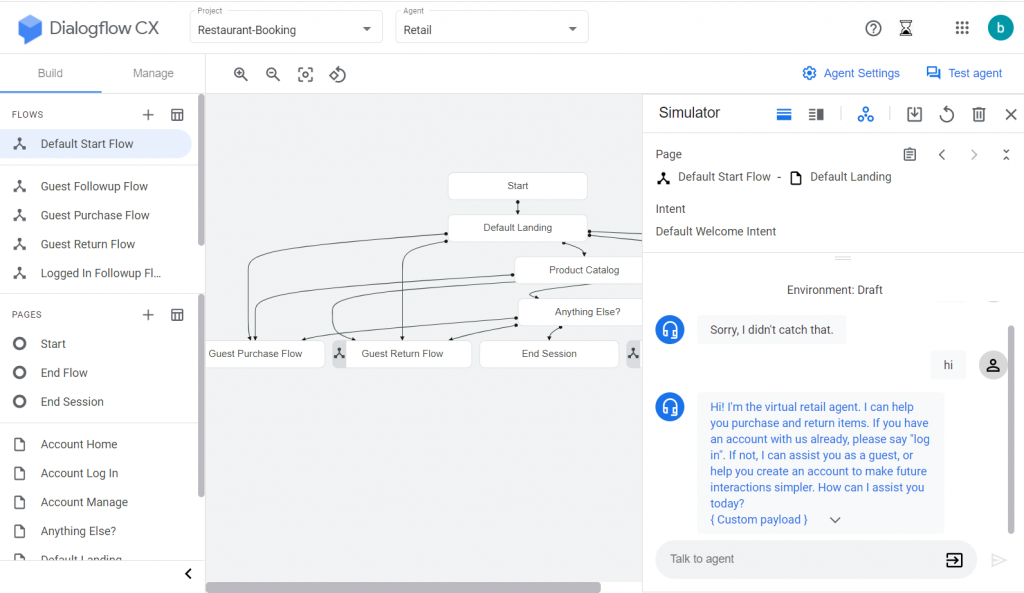

8. ChatBot Integration Channels
Both Dialogflow and Power Virtual Agents offer a wide range of integration channels like custom website, Mobile app, Facebook, Skype, Slack, Telgram, Line, Kik, Twilio, Email… . Especially, Dialogflow also offers Google Assistance and Phone Gateway integration

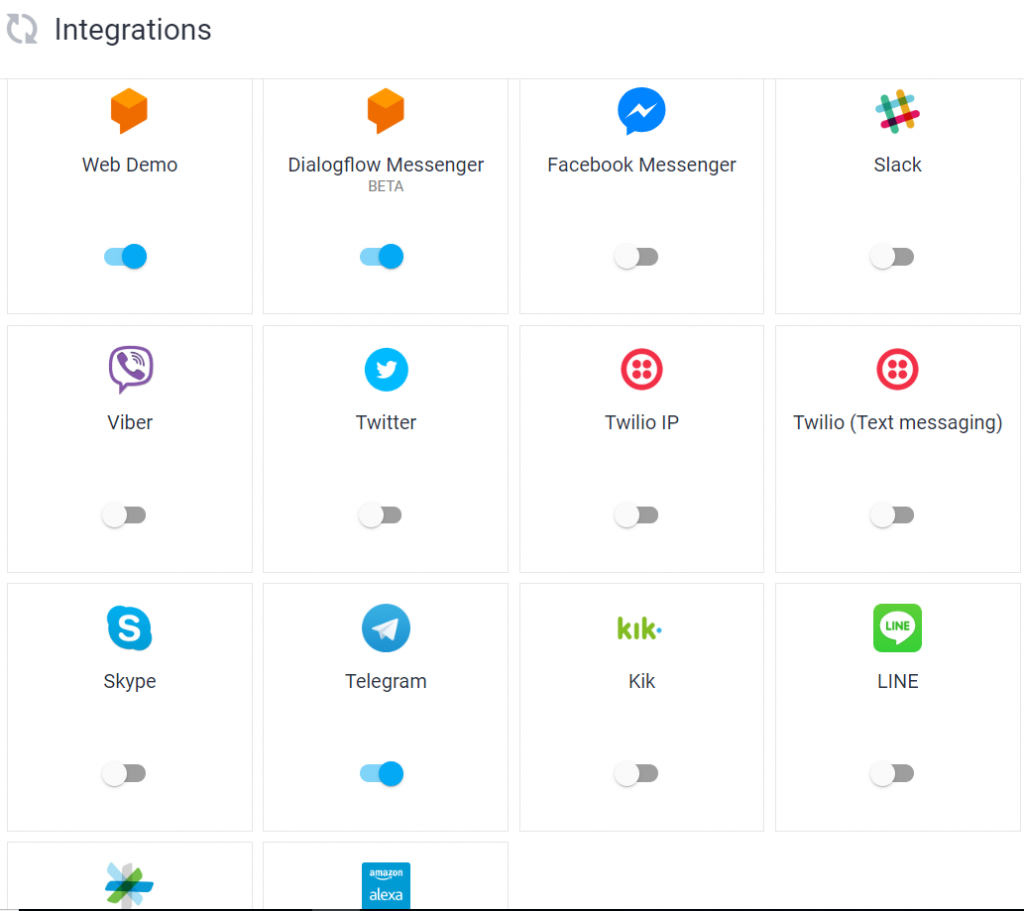
8. Bot Analytics tool
While Google only offers standard analysis dashboard, PVA offers much more Comprehensive Analytics – thanks to Power BI.
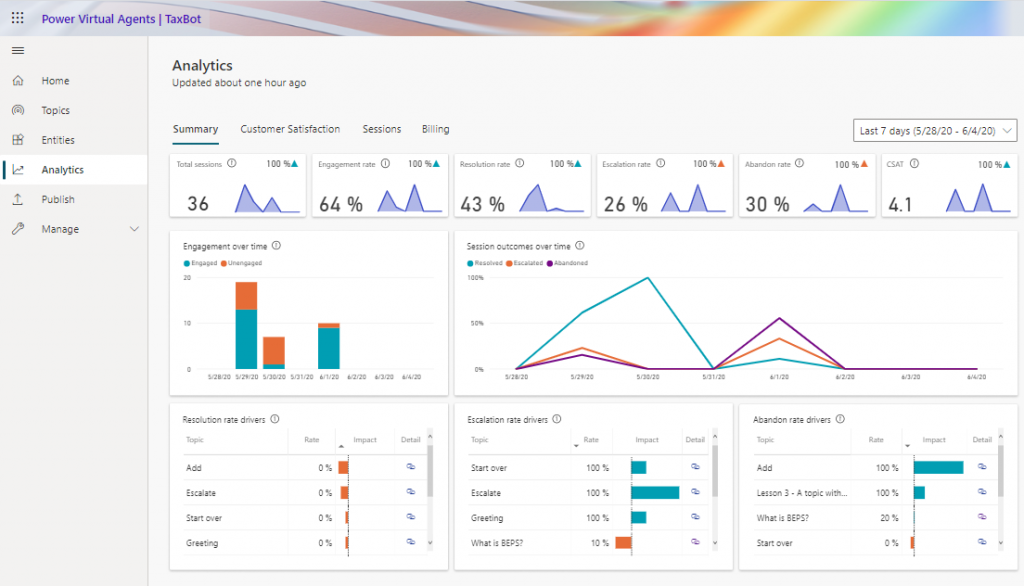

8. Pricing
At the moment, is it free to build simple ChatBots with Dialogflow.
PVA is charging $1,000 for 2,000 sessions per tenant/month, with some period of free trial.
9. Final thoughts
It is noted that there are quite many other platforms offer user friendly Bot building functions. They may however not be powered by AI or Natural Language Processing, which are the advantages of Dialogflow from Google and Power Virtual Agent from Microsoft.
Although the Knowledge Connector in Dialogflow is currently a Beta Feature, hopefully there are some improvement in the future (like * support detail view to PDF file upload for converting to intent purpose).
It is noted that PVA allows users to build custom workflows using Power Automate and is part of Microsoft end-to-end business solutions by connecting Power Virtual Agents across the entire Microsoft Power Platform—and to Office 365, Dynamics 365, Azure, and hundreds of other apps.
From the above analysis, each platform has its own merits. it depends on the business case, budget and resource of each organization to choose which platform to go for.
Need help/advice on ChatBot? Feel free to contact us
